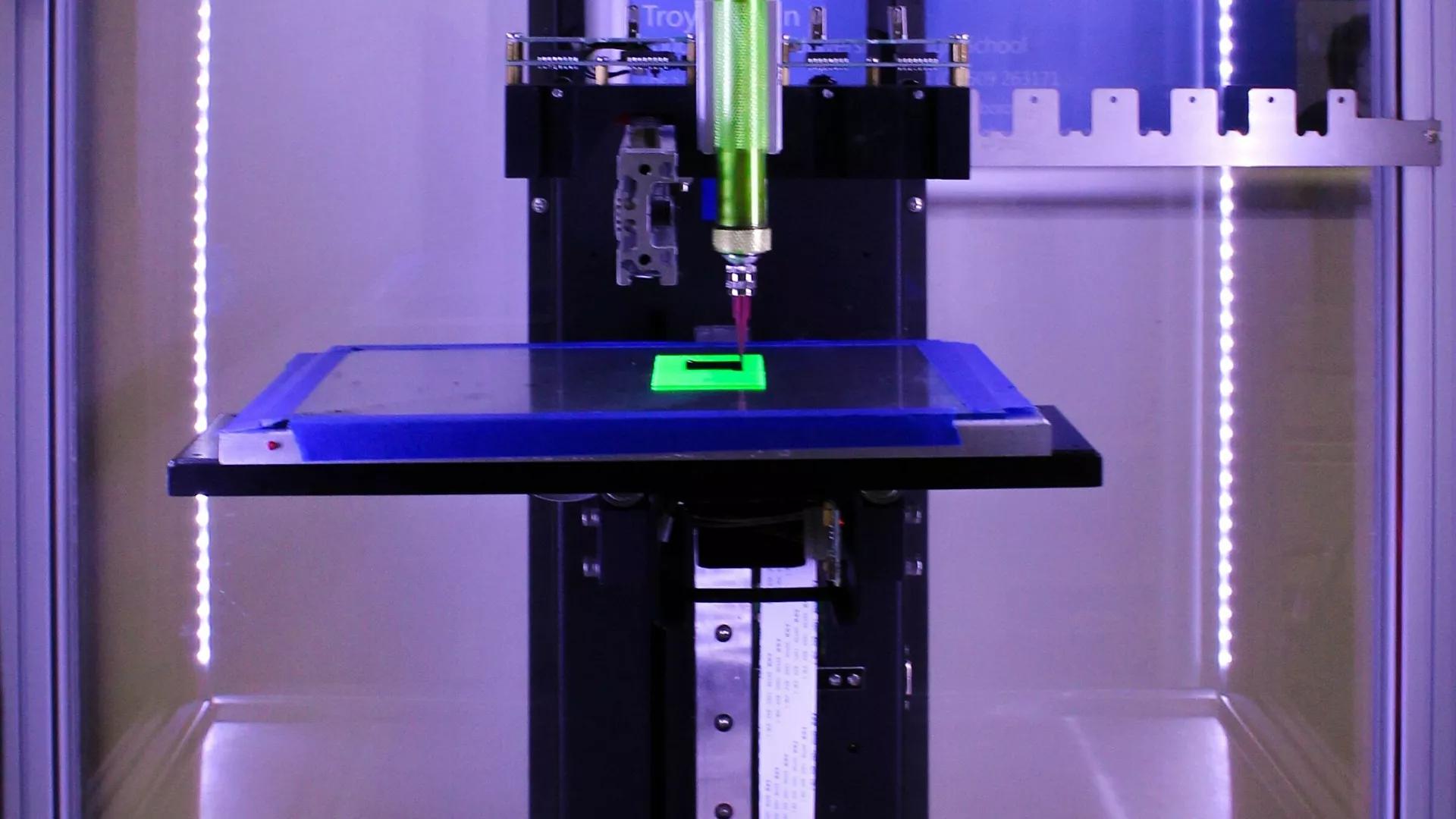Africa-Press – South-Sudan. Quantum computing is set to become the next big thing for computers. The processing power of existing prototypes already exceeds the modern CPUs in calculations with floating point numbers. Their future applications range from creating unbreakable encryption to “designing” new drugs or vaccines on a molecular level.
A group of researchers from several universities, institutes and laboratories around the world have jointly developed a method for manufacturing cheap quantum computers using atoms and some of the methods for producing conventional semiconductor-based central processing units (CPUs), according to a paper in the weekly journal ‘Advanced Materials’.
They managed to embed atoms into a silicon wafer upon which they built quantum bit, (or “qubit”) “chips” – basic components of any quantum computer. These atom-built qubits can change their state over three states (rather than the two-state binary functions by which ordinary bits operate in regular CPUs), and allow the computer to “read” them. Although the quantum processor that was built using these methods was only on a small scale, researchers believe that the technology can be scaled.
The group, led by a team from the University of Melbourne, modified an atomic force microscope for their experiment, specifically its sharp cantilever which the microscope can move with nanometre accuracy and can precisely touch the silicon template in desired spots.
The researchers drilled a microscopic hole in the cantilever and used it to bombard the silicon wafer with atoms of phosphorus – one atom per nanometre exactly. They were thus able to place the atoms exactly where they wanted – essentially “printing” the qubits on the template as they pleased. They even invented a special system to “hear” when an atom hit the silicon substrate so that only one is embedded in a single spot of a template.
The group of researchers, which included scientists from the University of New South Wales, Helmholtz-Zentrum Dresden-Rossendorf laboratory, Leibniz Institute of Surface Engineering and Royal Melbourne Institute of Technology, thus managed to build an atomic qubit assembling an array by precisely embedding atoms on the silicon wafer using the experience accumulated by semiconductor manufacturers over decades. Now, they aim to build a bigger quantum device using the method which might challenge the expensive prototype built by Google.
Quantum computers are expected to replace ordinary devices and even supercomputers in certain areas. They are particularly expected to outperform ordinary CPUs in areas such as cryptography by creating unbreakable cyphers, and in the development of new drugs – by calculating the correct folding sequence for molecules, which had been one of the main obstacles on the path of development of vaccines against coronavirus.
The first prototypes have already reached the so-called “quantum supremacy” – the ability to solve in a matter of hours or even minutes complex calculations, which would take top supercomputers thousands of years to complete. Google’s supercomputer managed to verify whether a pseudo-random numbers generator produces truly random numbers.
For More News And Analysis About South-Sudan Follow Africa-Press






